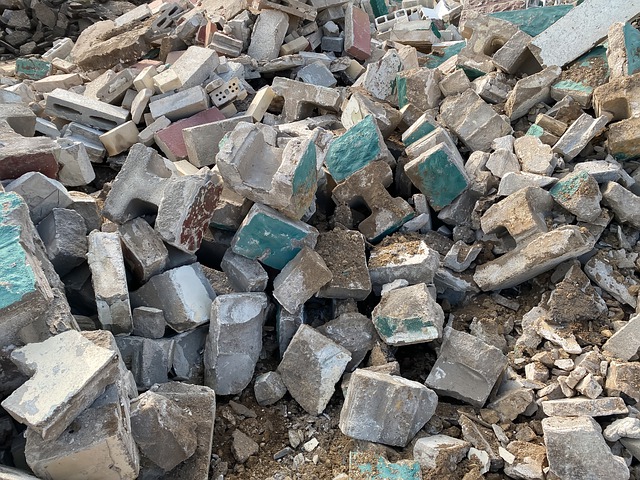In the AEC (architecture-engineering-construction) industry, it is a well-known fact that construction projects always generate considerable waste. For example, according to recent reports and estimates, global construction waste is expected to reach 2.5 billion tons each year by 2025. Moreover, around one quarter (23 – 25%) of the national waste stream consists of construction and demolition (C&D) waste. Still, even with all these figures and the visible waste at most construction sites, very little is being done or even planned to mitigate or address this issue.
As with most species, we humans will almost always choose the path of least resistance, ignoring the waste and continuing as always. In most cases, construction waste is expected and included in the project’s budget. And since it has turned into a habit, we more often than not continue with the business as usual. However, there are incentives for minimizing and reusing materials, such as in their lower cost, but also as a way of achieving LEED certification. However, just through empirical evidence, we know that adding more to our landfills is destructive behavior that impacts our communities and our planet in general.
Currently, more and more organizations, including architects, engineers, landscape architects, contractors, and so forth, are making an effort to specify and utilize reused materials for everything from recycled asphalt concrete pavement as base material, rock scraps to create planting islands, and, whenever feasible and at a minimum, leave old building façades for new buildings. Still, by and large, the current approach is to use new materials, assume a certain amount of waste, and budget for its removal. However, the best thing to do, as designers, for example, is to include recycled materials in the specifications; by working together with the client, other consultants, and contractors to seek out sources for reusable materials; and by networking with suppliers and recycling companies to utilize their materials waste.
As I have written before, I am currently working on a community project to transform a section of the road in Bernal Heights into a community garden. Therefore, funds are limited, and, therefore, we have become very resourceful. In other words, since we do not have a large budget or rather a budget at all, we are willing to look for free or near-free resources because we do not want to foot the bill. In other words, we have found solutions to a resource-limited situation, which is what will happen to our planet in the near future if we don’t act soon.
We all know that resources are finite; we cannot continue working in the AEC industry in the usual way without adversely affecting our world. Therefore, the key is not to choose that path of least resistance now and ignore that those future generations will need to make more significant adjustments and even some sacrifices, but rather to see this aspect of sustainability as a moral mandate and work accordingly. After all, AEC people are supposed to be resourceful, creative, and innovative.

